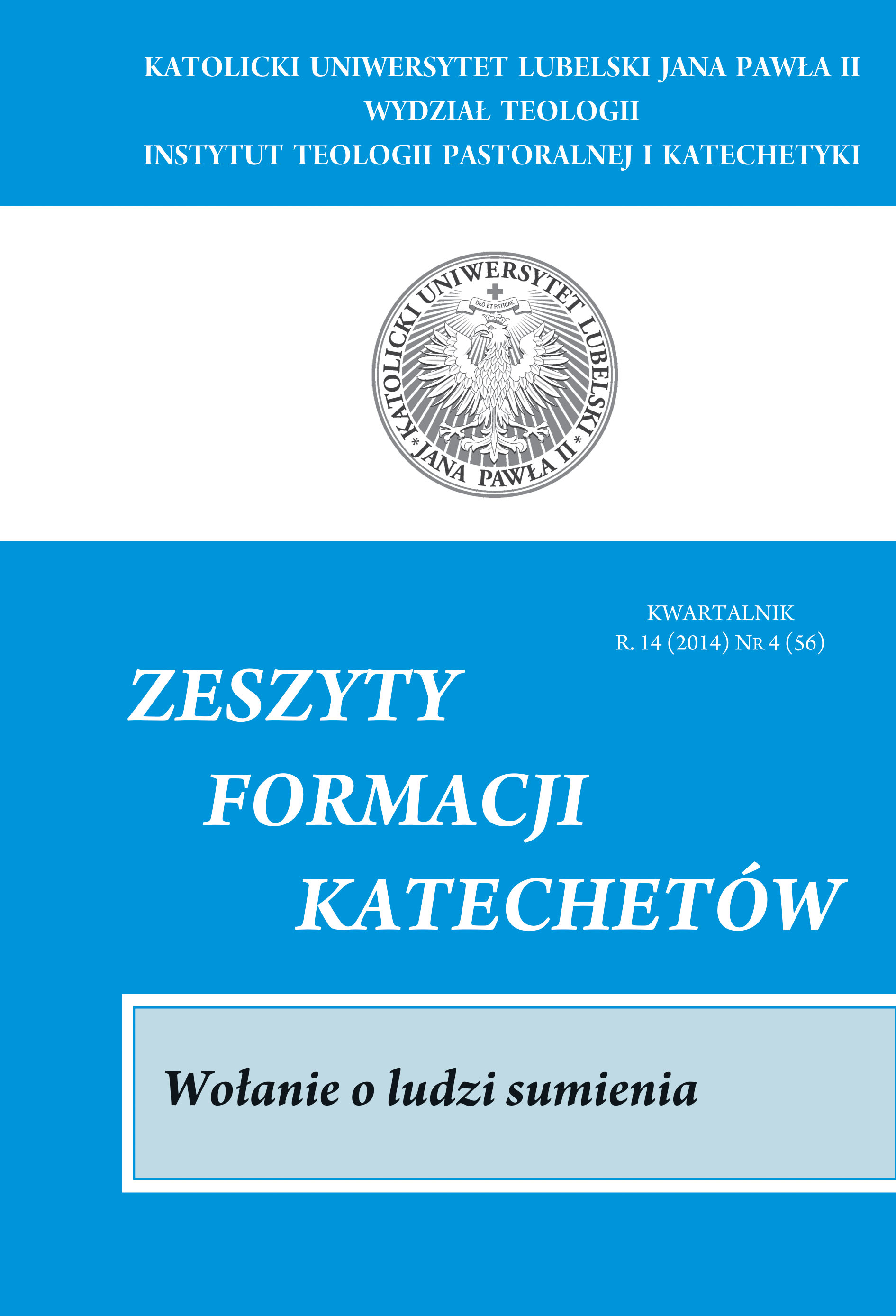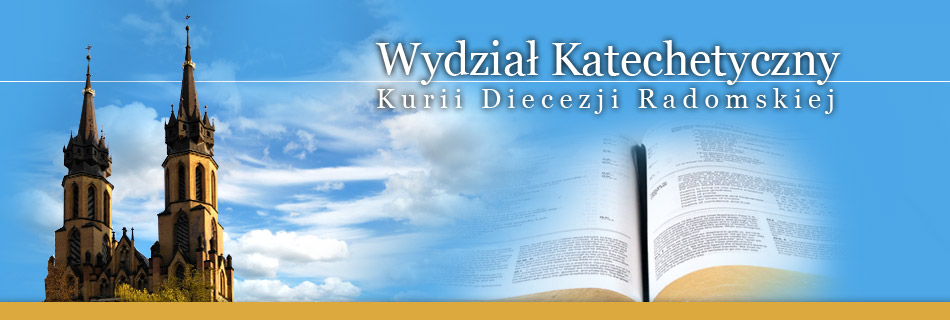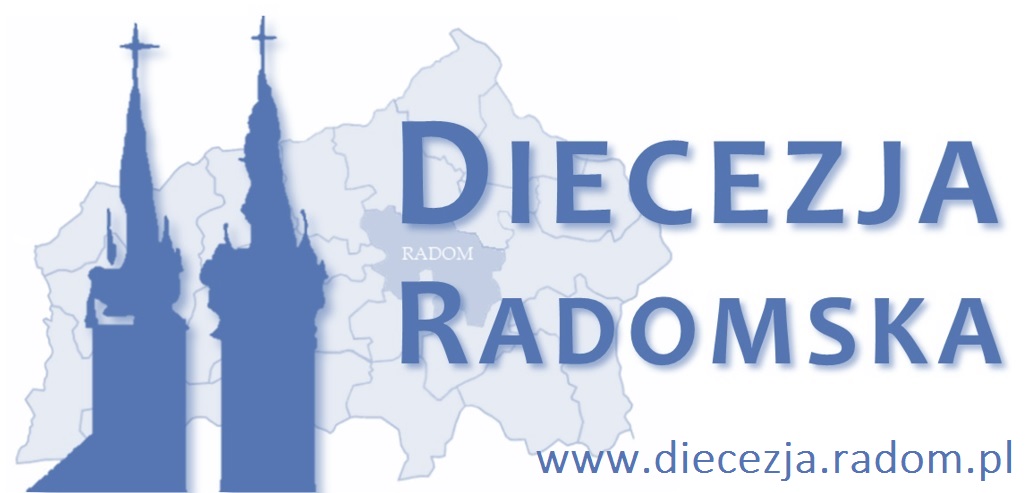Religious themes as components of the negative reality. Profanation or overinterpretation? The study of selected pieces of contemporary literature
Keywords:
Religious themes, Profanation, overinterpretationAbstract
In Stasiuk’s Mury Hebronu (The Walls of Hebron) and Nurowska’s Drzwi do piekła (The Doors to Hell) novels, religious themes, such as hell, purgatory, condemnation, biblical motives of walls of Hebron, become components of the negative reality – the world of isolation along with an accursed, broken and defected space. Parallelly, they are treated by their authors solely as components of a broadly defined culture and as a result of that they are detached from their fundamental meaning. From this point of view, accordingly to Stasiuk and Nurowska, all motifs become only intended foundations of metaphysics. The mental strategy, adapted by the writers, enables them to create an original and highly different in relation to existing in the ground of theology concepts of inferno.
References
Albright W. F., From the Stone Age to Christianity, Garden City, NY 21957.
Biedermann H., Piekło, [w: tegoż] Leksykon symboli, tłum. J. Rubinowicz, Warszawa 2001.
Brown F., Driver S. R., Briggs Ch. A., The Brown-Driver-Briggs Hebrew and English Lexicon: With an Appendix Containing the Biblical Aramaic, Peabody 2005.
Burska L., Sprawy męskie i nie, „Teksty Drugie” 1996, nr 5.
de Vaux R., Instytucje Starego Testamentu, tłum. T. Brzegowy, Poznań 2004
Iwaszkiewicz P. (red.), Do Ziemi Świętej. Najstarsze opisy pielgrzymek do Ziemi Świętej (IV-VIII w.), Kraków 1996.
Katechizm Kościoła Katolickiego.
Kraeling E.G.H., The Early Cult of Hebron and Judg.16:1-3, „The American Journal of Semitic Languages and Literatures”1925, nr 41.
Laughlin J.C.H., Fifty Major Cities of the Bible. From Dan to Beersheba, London-New York 2006.
Limont W., Analiza wybranych mechanizmów wyobraźni twórczej, Toruń 1996,
Murphy-O’Connor J., The Holy Land: An Oxford Archeological Guide from Earliest Times to 1700 Oxford 52008.
Na’aman N., „Hebron was Built Seven Years Before Zoan in Egypt” (Numbers XIII 22), „Vetus Testamentum” 1981, nr 31.
Nurowska M., Drzwi do piekła, Kraków 2012.
Ofer A., Hebron, [w:] The New Encyclopedia of Archaeological Excavations in the Holy Land, red. E. Stern, t. II, New York 1993.
Orski M., Autokreacje i mitologie (zwięzły opis spraw literatury lat 90.), Wrocław 1977.
Rowley H. H., From Joseph to Joshua, London 1950.
Różycka D., W poszukiwaniu nieznanego. Przestrzeń i wyobraźnia w twórczości Andrzeja Stasiuka, [w:] Literatura polska 1990-2000, t. 2, red. T. Cieślak, K. Pietrych, Kraków 2002.
Stasiuk A., Mury Hebronu, Wołowiec 2011.
Urbaniak P., Sztampowo o więzieniu, „Nowe Książki” 2012, nr 5.
Downloads
Published
How to Cite
Issue
Section
License
Copyright (c) 2014 KATECHISTS' PERIODICAL

This work is licensed under a Creative Commons Attribution-NonCommercial-NoDerivatives 4.0 International License.






